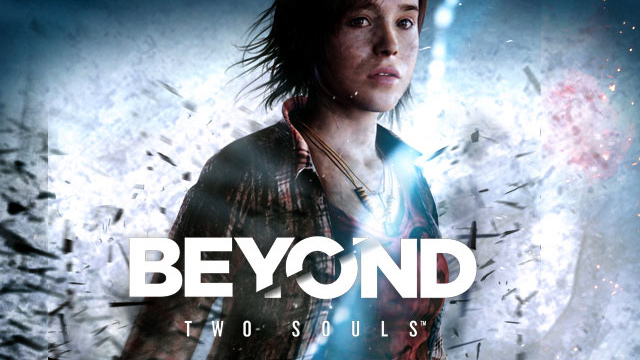From the graphically impressive games I count Ryse, Killzone Shadowfall, The Order 1886, AC: Unity, Alien: Isolation and Battlefront 2015 among those who belong to the early phase of the last console generation.
AC: Unity has many strengths but unlike Ryse and The Order 1886 it has some clearly visible weaknesses like objects suddenly appearing. The Order 1886 is perfection. However, they could have placed the cover objects a bit more cleverly. In The Division they fit more natural into the landscape.
Although Ryse and The Order 1886 are ancient they could be released today and they wouldn't stand out negatively graphically. For comparison just look at what the games looked like 10 years before Ryse. Ryse and The Order 1886 would even look better than many current games. The graphical leap from a flickering, artifact rich and often implausible-looking top tier PlayStation 3 game like The Last of Us to a polished and filmic looking game like The Order 1886 was gigantic for the few months difference.
The second phase started for me in 2016 with games like The Division, Quantum Break and Uncharted 4.
The last phase is RDR2, The Last of Us 2 and Detroit Become Human.
You often can't make out any big technical leaps among the top titles. The hardware was quickly mastered. In return, the projects became more and more ambitious over the years.
However, there are also exceptions. Naughy Dog was able to improve the graphics of The Last of Us 2 a lot compared to Uncharted 4.
EDIT
From my point of view DigitalFoundry could have also named Quantic Dream around the 6:40 minute mark as one of the early studios which worked with physially based materials. For a PlayStation 3 game Beyond Two Souls looked phantasitic in places with smaller areas.

gamingbolt.com

